Photo credits: The University of Tennessee-Knoxville
(Report previously published by The Los Angeles Times on October 16, 1988)
Thirty years ago, Pat Johnson recalls, the windows rattled and knickknacks skittered about, rousing her from sleep. When she and her family ventured out into the cool fog, they saw a fire a mile away downtown.
Three separate explosions had destroyed her high school, climaxing two years of race riots and tension in this otherwise quiet town in mountainous eastern Tennessee.
As Johnson and others crept toward the heaps of bricks and mangled lumber and duct work, she zeroed in on the ripped-apart steel lockers–one of them hers–and the wildly flung books.
“It was so scary. You just thought, what if they’d done it when people were there?” said Johnson, 45, who was in the ninth grade then and now works for the Clinton Police Department.
Clinton High School (pictured in ruins) was one of the first public schools in the South to be desegregated under court order.
Eleanor Davis, who taught English at the school, says the Oct. 5, 1958, bombing was an ugly climax that ironically drew together townsfolk who had splintered into factions and spat insults at each other over the issues of integration and law and order.
‘There Were Divorces’
“There were divorces over the question of sending the kids to the school,” Davis said in a recent interview. “We were divided. . . . There were all these hurt feelings around.
“That was one thing the bombing did. All factions came together. We didn’t want anyone to destroy our schools,” she said.
In 1954, the U.S. Supreme Court ruled that segregated public schools were unconstitutional. In August, 1956, Clinton High was ordered to admit blacks.
The violence began, and the small police force did little to stop it. Bombs exploded in blacks’ yards. Those who wanted to obey the law, even if they didn’t agree with it, found their cars overturned.
On enrollment day in the fall of 1956, a dozen black students who previously had been bused to an all-black school in Knoxville walked past jeering bystanders to the red brick building followed by reporters, photographers and the National Guard.
The students, both blacks and whites, were quiet and rule-abiding, although the races didn’t mingle socially in the school, Johnson, who is white, recalls.
“They more or less stayed to themselves and we stayed to ourselves. We didn’t talk to each other,” she said. “Inside the school, we didn’t have any problem. It was the adults from the outside.”
Called In National Guard
Gov. Frank Clement eventually called in the National Guard and 100 state troopers but not until there had been numerous riots, small bombings and incidents such as the beating of a Baptist minister who escorted black children through a crowd of protesters at the school’s front door.
Johnson remembers walking to school under the gaze of armed guardsmen in their jeeps. She also recalls the race-scored plight of her next-door neighbors.
“They had an adopted child who had dark skin but was not black. They were afraid even to let her go outside,” she said. “They let her hide on the floor (of their car) when they went out to get groceries.”
The tension eased in the wake of the 1958 bombing, but nobody was ever arrested. The FBI essentially dropped its investigation when two main suspects died.
The day after the explosions, the school’s 800 students picked their way through the piles of brick and shards of glass to gather in the gymnasium to learn what to do next.
The same week they began their orderly bus rides to Linden Elementary School in already-integrated Oak Ridge, where they sat at tiny desks and drank from knee-high water fountains until a new Clinton school was built.
“We didn’t miss a day of school because of the bombing,” Davis said.
An estimated 75 to 100 sticks of dynamite exploded throughout Clinton High School in the early morning of Sunday, October 5, 1958. The bombing was carried out in retaliation to the integration of the high school, which took place two years earlier.
Despite the known establishment of an FBI office in Clinton and a thorough federal investigation, no arrests were ever made, in this case.
Source: “1958 School Blast United a Divided Tennessee Town: Bombing Over Desegregation Recalled” by the Associated Press via The Los Angeles Times (October 1988)
*BlackThen.com writer and historian Victor Trammell edited and contributed to this report.





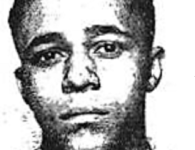




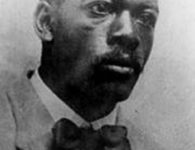

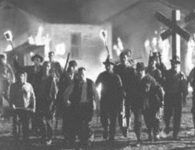
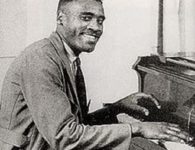
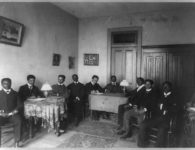
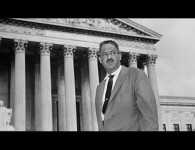
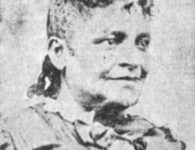
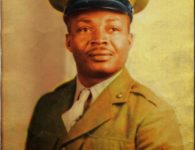

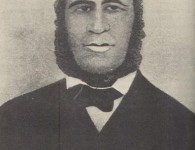

No comments